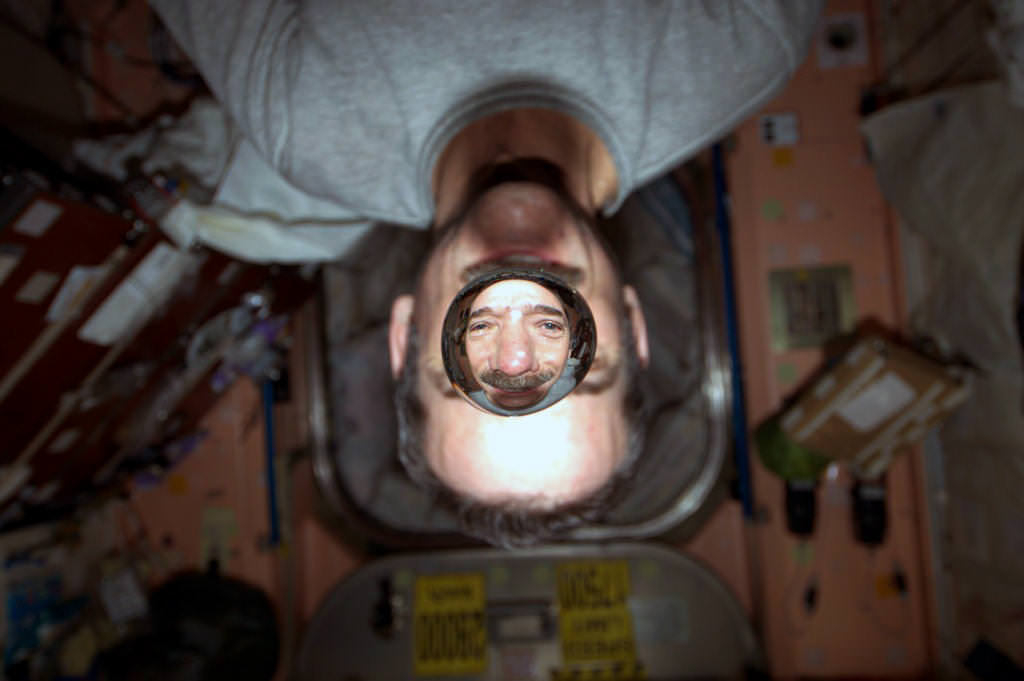In the near future, NASA and other space agencies plan to send crews beyond Low Earth Orbit (LEO) to perform long-duration missions on the Moon and Mars. To meet this challenge, NASA is developing life support systems that will sustain crew members without the need for resupply missions from Earth. These systems must be regenerative and closed-loop in nature, meaning they will recycle consumables like food, air, and water without zero waste. Currently, crews aboard the International Space Station (ISS) rely on an Environmental Control and Life Support System (ECLSS) to meet their needs.
This system recycles air aboard the station by passing it through filters that scrub excess carbon dioxide produced by the crew’s exhalations. Meanwhile, the system uses advanced dehumidifiers to capture moisture from the crew’s exhalation and perspiration and sends this to the Water Purification Assembly (WPA). Another subsystem, called Urine Processor Assembly (UPA), recovers and distills water from astronaut urine. To boost the WPA’s efficiency, the crew integrated a new component called the Brine Processor Assembly (BPA), which recently passed an important milestone.
One of the main issues with long-duration missions to Mars and other locations in deep space is how distance makes resupply missions impractical. Unlike the ISS or missions in LEO, which can be resupplied in a matter of hours, transits to Mars can take up to six months, and that’s only when Mars and Earth are closest in their respective orbits to each other (aka. a Mars Opposition). Resupply missions destined for the Moon will still take a few days to get there, which is certainly an improvement, but still costly.

A system that is regenerative and can provide consumables with minimal (or no) replenishment would not only enable long-duration missions but could also dramatically cut costs for missions operating closer to Earth. Previous upgrades to the UPA increased the overall efficiency of the WPA system, allowing it to reclaim 93 to 94% of all water produced by crew activities. However, NASA technicians hope to achieve a system that can recycle water with 98% efficiency so that the astronauts can reclaim almost all the water they bring with them.
The way the UPA recycles and purifies water is quite simple. First, the reclaimed water passes through a series of special filters and is treated by a catalytic reactor that breaks down any remaining trace contaminants. The system checks the water purity levels using special sensors, adds iodine to prevent microbial growth, and then stores the purified water for crew consumption. Each crew member needs almost 4 liters (one gallon) of daily water for consumption, food preparation, and hygiene (washing, brushing teeth, etc.)
As Jill Williamson, the ECLSS water subsystems manager, explained in a recent NASA press release:
“The processing is fundamentally similar to some terrestrial water distribution systems, just done in microgravity. The crew is not drinking urine; they are drinking water that has been reclaimed, filtered, and cleaned such that it is cleaner than what we drink here on Earth. We have a lot of processes in place and a lot of ground testing to provide confidence that we are producing clean, potable water.”
This distillation process produces purified water and a urine brine as a byproduct, which still contains some reclaimable water. The BPA works by taking the brine produced by the UPA and running it through a special membrane, then hitting the brine with hot, dry air to evaporate the remaining water. This creates humid air that is then reclaimed by the water reclamation system, just like the crews’ exhalation and perspiration. After running tests with the new BRA subsystem, NASA technicians found that the WPA achieved 98% efficiency.

Christopher Brown, who is part of the team at Johnson Space Center that manages the space station’s life support system, explained how this achievement places NASA on track for realizing a regenerative life support system. “This is a very important step forward in the evolution of life support systems,” he said. “Let’s say you collect 100 pounds of water on the station. You lose two pounds of that, and the other 98% just keeps going around and around. Keeping that running is a pretty awesome achievement.”
The systems in ECLSS were carefully tested to ensure they performed as intended and demonstrated that they are reliable and capable of operating long-term without much maintenance or spare parts. This is another important aspect of a life support system for long-duration missions beyond Earth, which is the ability to function without the need for replacing components that will break down and need to be flown from Earth. Said Williamson:
“The regenerative ECLSS systems become ever more important as we go beyond low Earth orbit. The inability of resupply during exploration means we need to be able to reclaim all the resources the crew needs on these missions. The less water and oxygen we have to ship up, the more science that can be added to the launch vehicle. Reliable, robust regenerative systems mean the crew doesn’t have to worry about it and can focus on the true intent of their mission.”
These -characteristics – high efficiency, minimal losses, and sustainability – are also crucial to realizing a life support system that can support crews living far from LEO. In the not-too-distant future, it is hoped that lunar development and exploration will give way to lunar settlements and a thriving economy that includes lunar tourism. Similar plans exist for Mars and other locations far beyond Earth and cis-lunar space, where people will depend on local resources and systems that will likely be bioregenerative to restore themselves and keep functioning.
Further Reading: NASA

